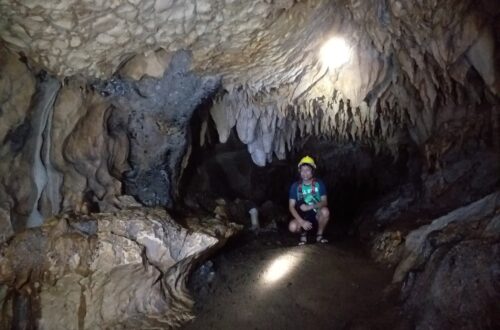
Corregidor Island
Introduction
Corregidor also known as “the rock” is a historical island located at the gateway of Manila Bay in the province of Cavite. It is 48 kilometers away from Metro Manila and 5 kilometers away from Bataan peninsula and its head part is facing the vast West Philippine Sea. The highest elevation in the island is 620 feet above sea level. Corregidor Island is one of the most significant tourist destinations in the Philippines as it played a significant role during the devastating Second World War serving as a military fortress and a site of a fierce battle between the Allied Forces and the Japanese imperial army. Aside from its rich history, the tadpole-shaped Corregidor Island has a size of 5.49 square kilometers and boasts stunning views of the sea and the surrounding landscape.
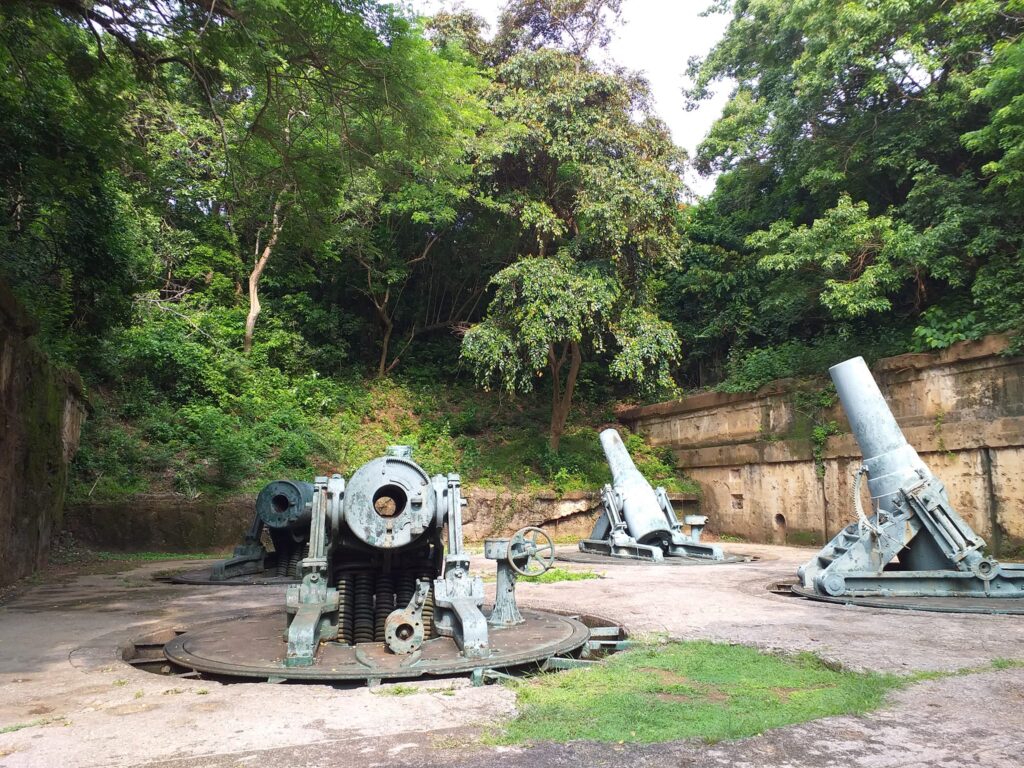
Corregidor Island is divided into four division. The first division is the topside and it is home to famous landmarks such as Pacific War Memorial Museum, Corregidor Island lighthouse, Mile-Long Barracks, Battery Way, and Cine Corregidor movie theater. Also the large flat area contains a swimming pool, a tennis court and the parade ground. The second division is the middleside and its akin to a small plateau where tourists can view the Middle Side Barracks which is a military quarters bombed in the second world war. The third division is the bottom side that interconnects the top side and tail end of the island. It is home to the administration office, the Malinta Tunnel, Corregidor Historical Marker, and several docking stations. Only the Malinta Hill separates the bottomside from the tail end. On the other hand, the fourth division is the tail end where visitors can find several shrines, beach resort complex and the Filipino Heroes Memorial as well as the Japanese Garden of Peace.
According to its history, Corregidor comes from the Spanish word Corregir which means “to correct”. It was named as such because it is the place where all the ships entering Manila would stop for immediate inspection. Hence, Isla del Corregidor means “the Corregidor’s Island”. Corregidor Island was barricaded and became a fortress in the eighteenth century during the Spanish colonial period in the Philippines as the Spaniards used it for galleon trade and as a significant seaport, strategic defense location, signal outpost and registration site for ships entering the Manila Bay. Then after the Spanish-American War in the Philippines, the Spanish presence in Corregidor Island during the 328 years was put to an end and the island became a military station for the armed forces of the United States. When the Japanese imperial army invaded the Philippines in December 1941, Corregidor Island was the interim place for the government of the Philippines from December 1941 up to February 1942.
On the afternoon of December 30, 1941, Manuel Luis Quezon and Sergio Osmeña were inaugurated distinctively outside of the Malinta Tunnel west entrance as President and Vice-President of the Commonwealth of the Philippines for a second term in simple ceremonies attended by members of the Corregidor Garrison. Nonetheless, after one month they were forced to leave the island and safely fly to Australia. In March 1942, US General Douglas MacArthur chose Corregidor Island as Allied headquarters and one of his significant defense positions and the last outpost of organized resistance from US soldiers and Filipino soldiers. Then after he left the island and evacuated to Australia, American army General Jonathan Mayhew Wainwright inherited the position of Allied commander in the Philippines. For this reason, his forces bravely fought off the Japanese forces for twenty seven days. However, due to constant aerial bombardment and massive ammunition and heavy artillery disadvantage, Corregidor Island fell to the hands of the Japanese imperial army on May 6, 1942. American and Filipino prisoners pour out the east entrance of Malinta Tunnel after the surrender. They had held out for three months in the tunnel with little food and medical supplies but it delayed the Japanese timetable or its conquest of the Pacific including Australia.
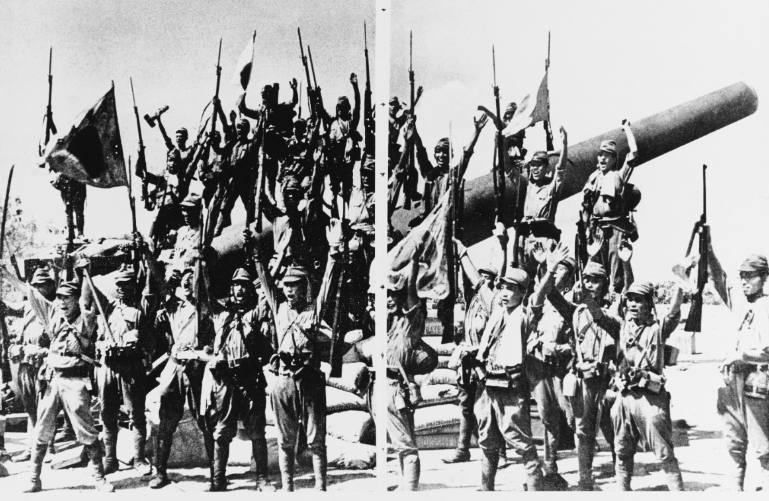
Three years later, in the beginning of 1945 as the tide of war turned against the Japanese, the combined Filipino soldiers and United States military forces under the command of US General Douglas MacArthur triumphantly won the Battle of Corregidor which lasted for two weeks and it result to recapturing the island from the hand of Japanese imperial army. The ferocious battled also resulted to deaths for most of the trapped Japanese soldiers as they commited suicide inside the Malinta Tunnel complex as the entrance was blocked due to constant shelling. All in all, the Battle of Corregidor in 1945 took the lives of 209 US personnel and 725 are wounded and 19 are missing. On the other hand, 4497 Japanese soldiers were killed and 22 captured during the battle. On March 2, 1945 General Douglas MacArthur led the official flag raising ceremony on the topside and spoke “I see the old flagpole still stands. Have your troops hoist the colors to its peak and let no enemy ever haul them down”. Without a doubt, his promise to return to the Philippines was fulfilled.
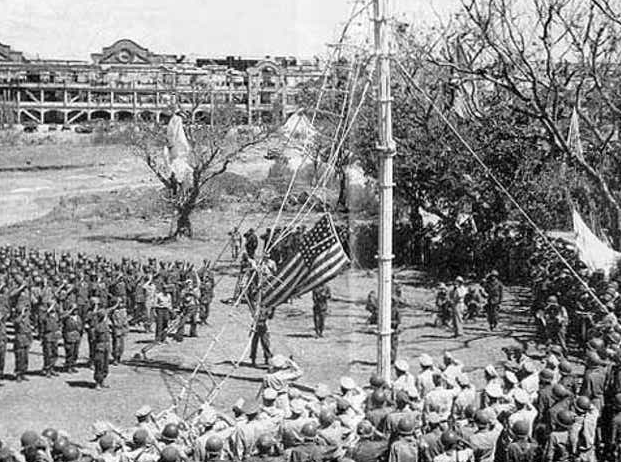
Then during the presidential term of Elpidio Quirino, he implemented reforestation of the whole island because after the war the island is bald. Fast forward to the year 2021, the tourism industry in the island was badly affected because of the worldwide pandemic. Nevertheless, after two years the Corregidor Island is opened to the public and is accepting tourists from all over the world. Today, the big guns are now quiet and visitors can explore the remnants of the war including gun batteries, tunnels, ruins of the buildings and barracks.
Anyway, the main tourist attraction in Corregidor Island is the Malinta Tunnel. Malinta was the name of the tunnel because the place was occupied by many leeches before. The construction of the Malinta Tunnel began in 1922 and substantially completed in 1932. Malinta Tunnel complex consisted of east-west passage measuring 836 feet long by 24 feet wide, 13 laterals on its north side and 11 laterals on the south side and reinforced with concrete walls. Floor and overhead arches with blowers to furnish fresh air and a double-track electric car line along the main tunnel. During the second world war, Malinta Tunnel provided bombproof shelter for the 1000 bed hospital in General Macarthur’s USAFFE headquarters and it served as a communication for military command.
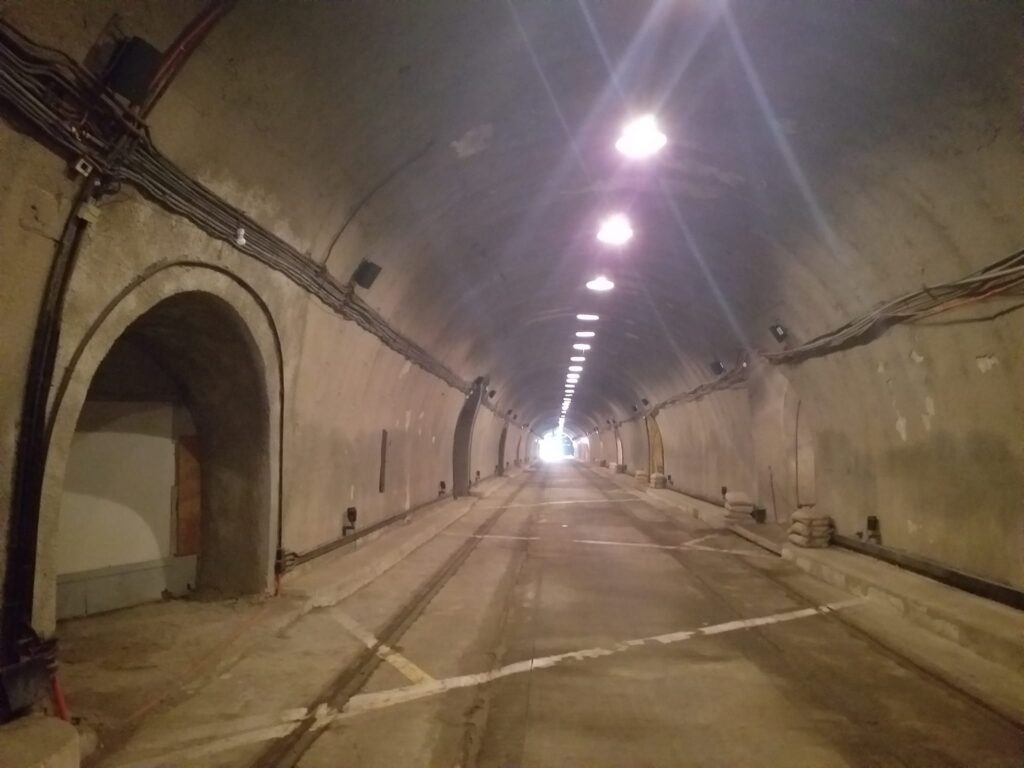
Another tourist attraction in Corregidor is the Pacific War Memorial which was completed in the year 1968. The US Congress spent 2.2 million dollars for this war memorial and the land and structures which comprise this memorial were funded by the Philippines and United States governments acting through their respective commissions such as the National Shrines Commission and the Corregidor-Bataan Memorial Commission. The Pacific War Memorial Museum was dedicated to the Filipino and American fighting men who gave their lives to win the land, sea and air victories which restored freedom and peace to the Pacific Ocean area. So if you’re looking for a fascinating travel experience and support local tourism, Corregidor Island is definitely worth a visit. Visitors have the option to go on a day tour trip or overnight stay.
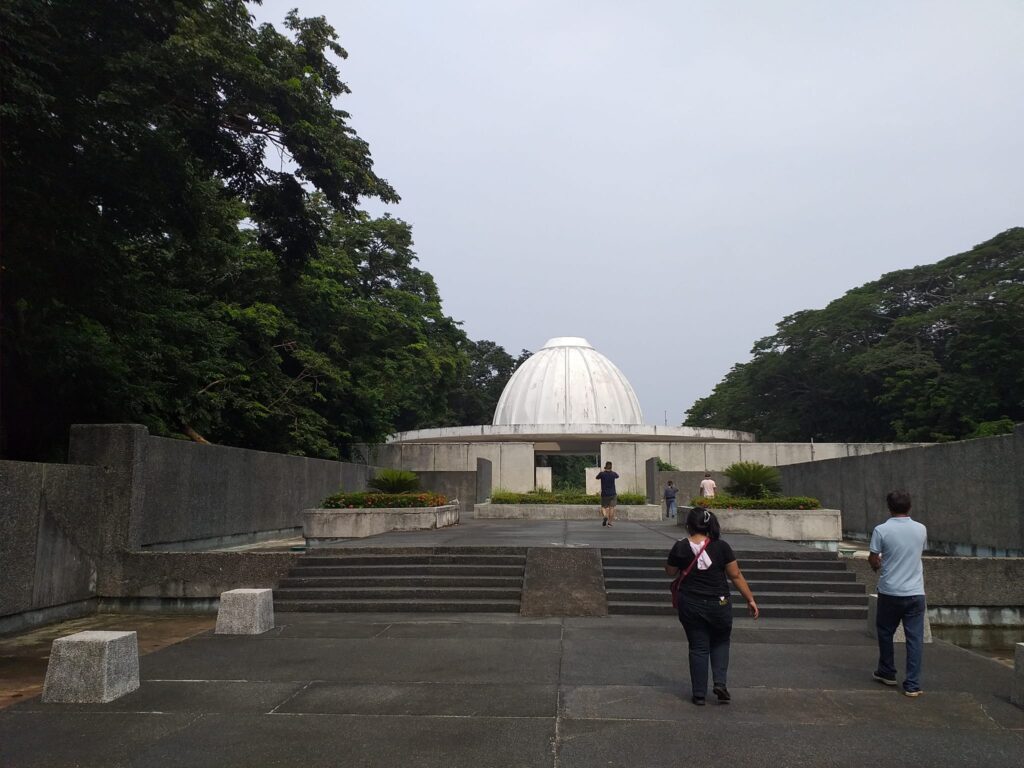
Name: Corregidor Island
Location: Cavite, Philippines
Features: guided tramvia tour, Malinta Tunnel, World War 2 gun batteries and barracks
My trip to Corregidor
I have loved history since I was in high school and its my favorite subject. I have watched a lot of World War 2 film series on the National Geographic Channel and History Channel way back in the 2010s decade. So in the past days, I’ve been searching on social media for my next travel destination. It was Tuesday afternoon when I finally found my sougt after destination which is the historical Corregidor Island as I’ve wanted to see the old battleground and the ruins of the war. I immediately messaged the tour coordinator and she immediately replied to me and even gave the full details about the upcoming trip.
After some consideration, I accepted the day tour event. So before the trip, I’m praying to God for good weather on Sunday because in the past few days there’s been a southwest monsoon that brings cloudy skies with scattered rain showers and thunderstorms across the Luzon island. It was Sunday when I followed the given itinerary in our group chat and I arrived ontime at EDSA Guadalupe which is one of the pick up points of our private van. Afterward, our private van started rolling towards Bataan and on the way we pick up the other group members in their designated pick up point.
After nearly four hous of a winding road trip, we arrived at Barangay Cabcaben in Mariveles. Then we have our breakfast at the Normies La Paz Batchoy around 5:50 am. After that we continued our road trip going to the Villa Carmen dock port. It was 7:25 am when we arrived at the port and from there we have our group picture.
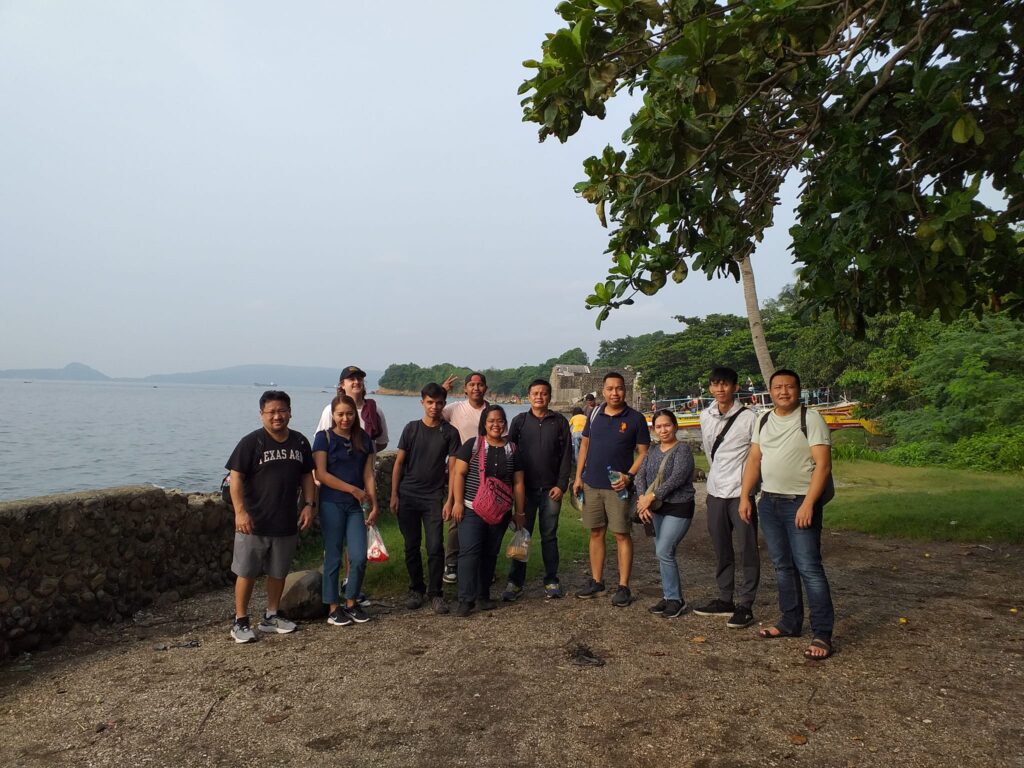
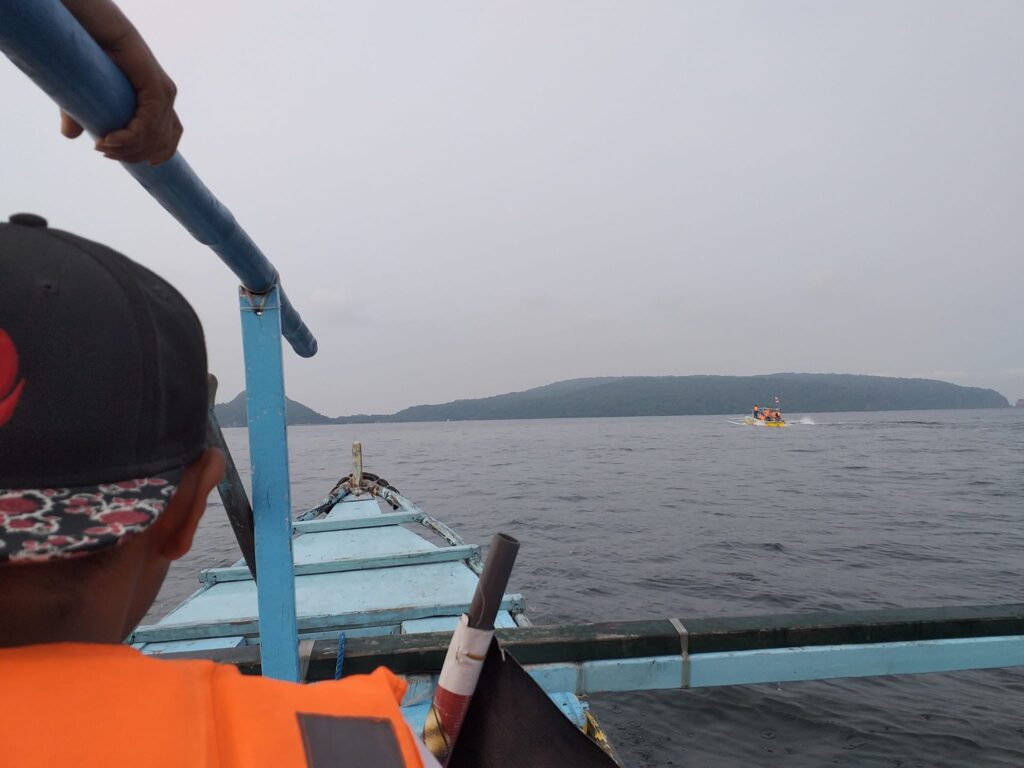
Then we rode an outrigger boat going to Corregidor Island. After thirty minutes of smooth sailing journey in the sea, we finally reached the island. As soon as I stepped on the island I felt excited and we were greeted by beautiful scenery. We registered our name and after that we had a picture taken in the tramvia bus which is a replica of the original almost a century ago. Then we have a guided tramvia tour to the main points of interest in Corregidor Island. William our in house tramvia tour guide has been introduced to us and he has twenty years of experience as a tour guide in the island. He told us that in the year 2022 they only hit 5000 tourist arrivals because of the pandemic and restrictions. Their main target is to reach 100,000 tourists per year to visit this island.
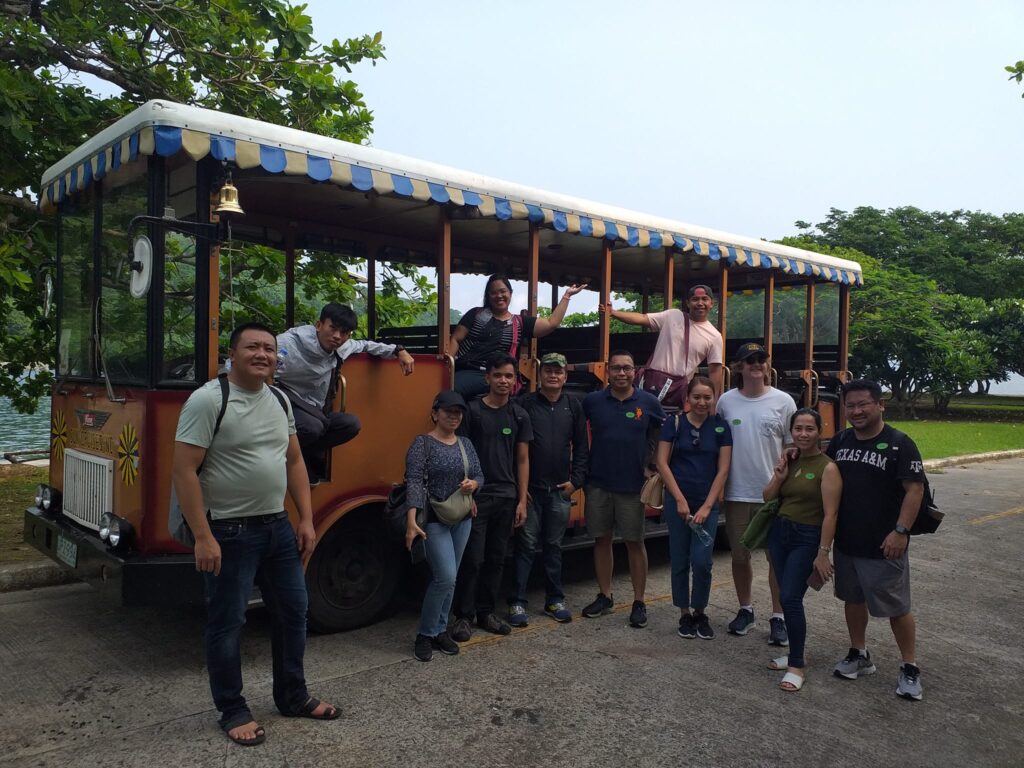
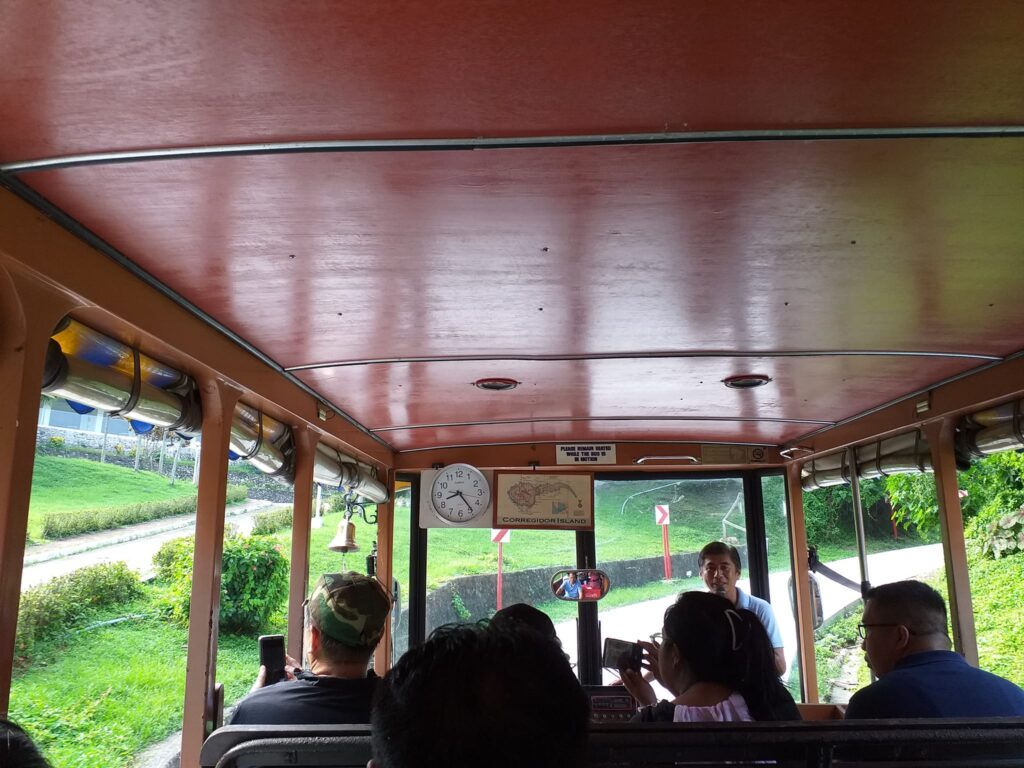
Our tramvia bus ride starts at the Engineers dock and north dock located at the bottom side of the island and as we move forward William told us that there’s only one hotel to stay overnight at the island. In addition, he said that before World War 2 started more or less there were 17,000 Filipino and Americans in-housed in the island.
Then after eight minutes we reach the middle side of the island where we can see the youth for peace signage and the vast greenery of the island. William told us that they call it a military paradise way back in the 1930s because of many amenities such as golf course, tennis court, dance hall, swimming pool and other recreational activities.
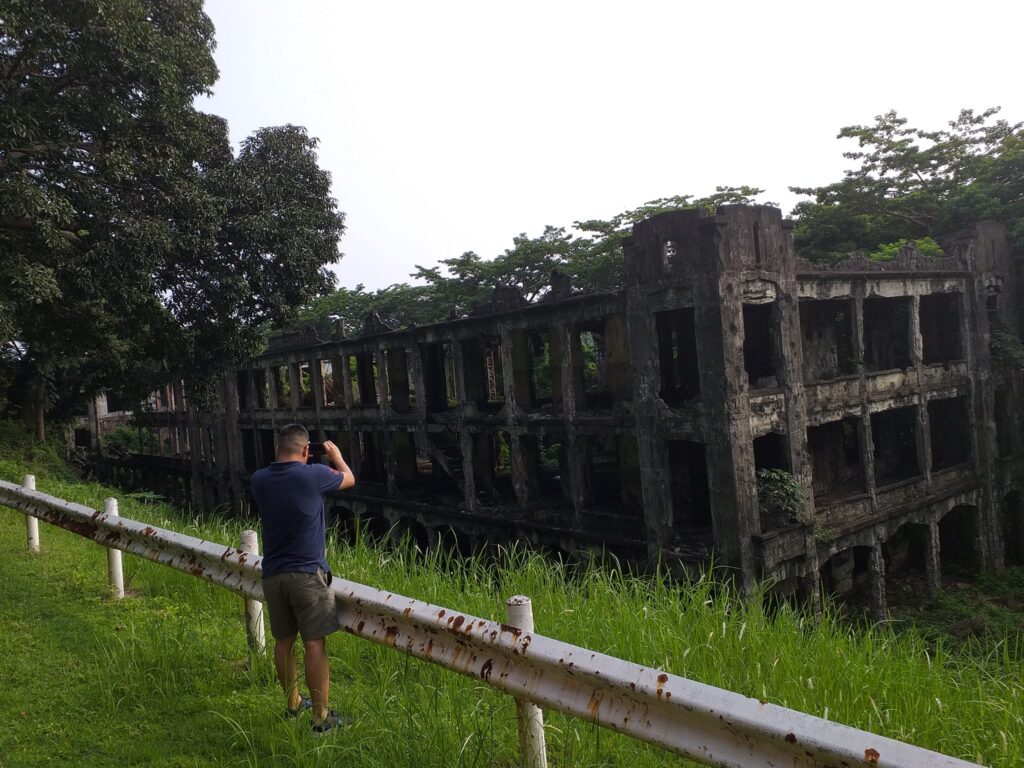
A few moments later, our driver named Jun stopped us at the middleside barracks which was built in the year 1914 and it can accommodate at least three thousand soldiers back then. From my observation, the middleside barracks high ceiling and big windows are made for ventilation purposes as there’s no source of electricity in the island. Nonetheless, Corregidor Island is now using generators and solar panels. Aside from their endurance, it’s amazing how the buildings were made. The cement came from Japan and the steel came all the way from Germany and they traveled all the materials from those countries all the way to this island. Anyway, it’s amazing that these structures are still standing today after 100 plus years. For this reason, we have picture taking of the building for a few minutes.
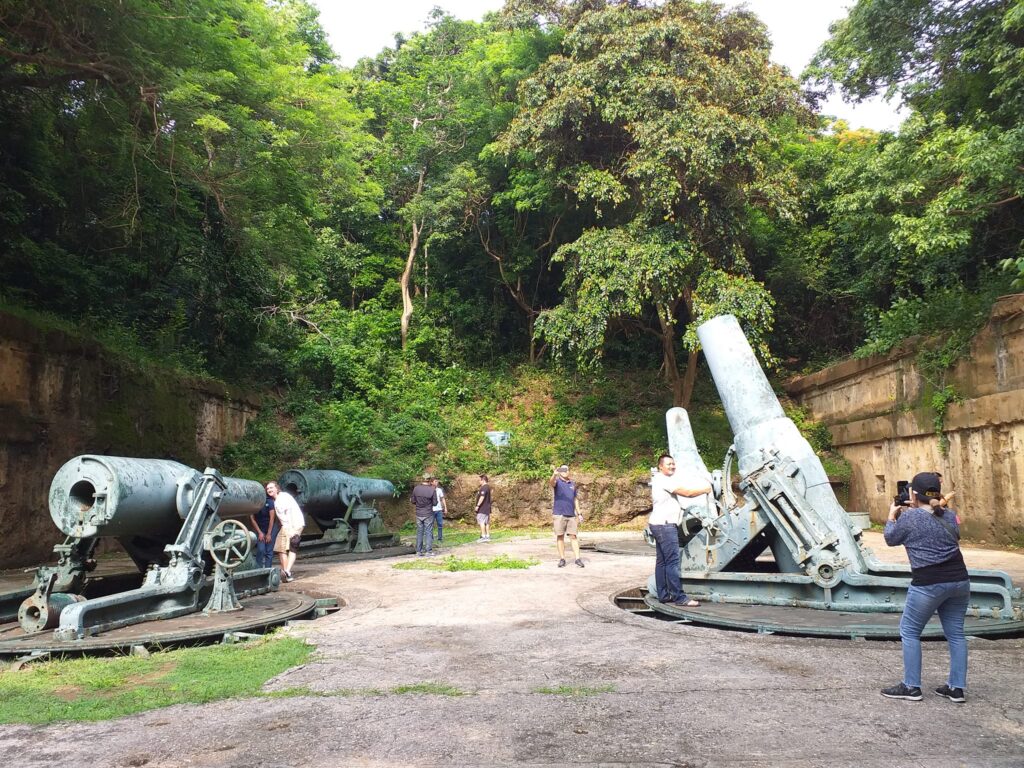
Around 8:45 am we reached Battery Way which is the most effective and the most popular gun here in Corregidor Island because the mortar gun in placement is facing towards the Bataan Peninsula and it has a gun range of 13 kilometers. It was completed in 1914 at a total cost of 112,969 dollars and named in honor of second lieutenant Henry Way who died in service in the Philippines in 1900. The Battery Way contributed to the devastation of Japanese positions during the attempted landings on the Bataan southwest coast late in January to the middle of February 1942. Anyway, we go inside the nearby shell room and gun powder room and we can see lots of dark swiftlet and their edible nests which are similar to those found in El Nido.
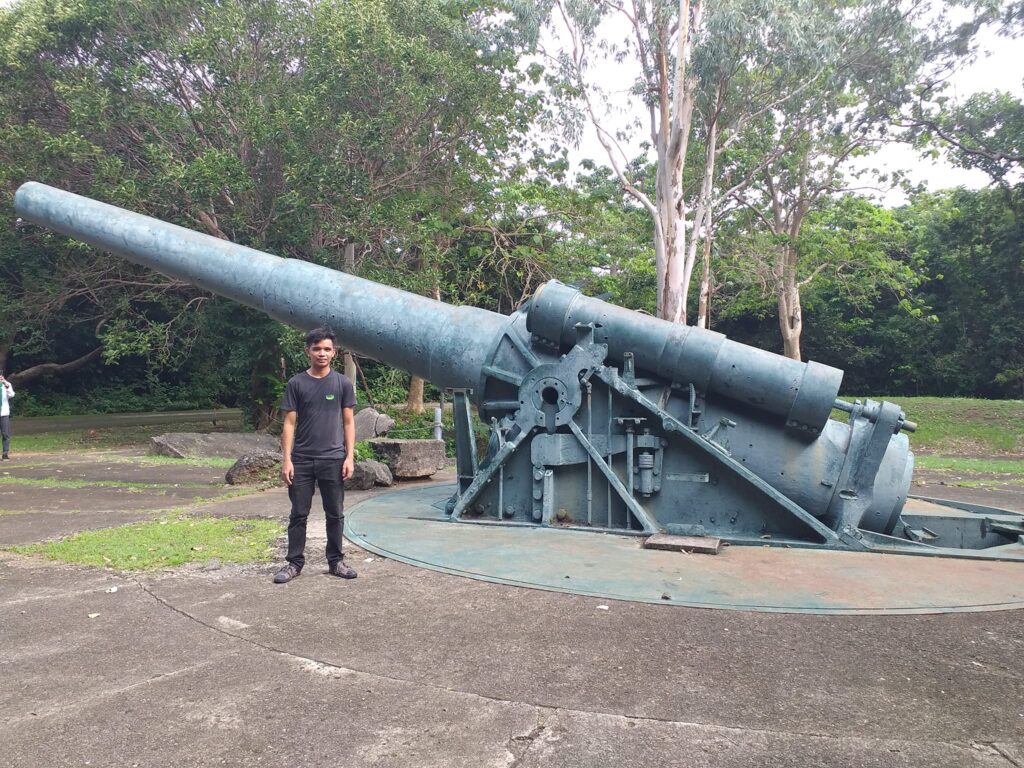
Afterward we rode again on the tramvia and Jun took us to the Battery Hearn which was completed in 1921 at a cost of 148,105 dollars. William told us that the large caliber Battery Hearn is the most powerful and one of the most effective gun placement here in the island during the Battle of Corregidor. It is armed with a twelve inch gun model and it can fire 1000 pound shells for about 17 miles or 27 kilometers which is the same distance from Baclaran to Monumento. He also told us that most of the gun batteries are located at the upper part of Corregidor because it’s facing towards the open sea. As a result, we take individual and group pictures at the Battery Hearn as a remembrance.

Then around 9:13 am we reached the Battery Grubbs which is a battery for two 10 inch disappearing guns built at Fort Mills. It was located well inland in the west central part of the reservation firing to the northwest.
Afterward around 9:30 am when we arrived at the ruins of the three story Mile-Long barracks which is said to be the biggest and the longest barracks in the world before the second world war started. These ruins are the memories of our history. A country without ruins is a country without memories and history. The Mile-Long barracks have a length of 1520 feet or one third of a mile that can contain eight thousand soldiers. According to our tour guide, this barracks housed only American enlisted men inside before they had their own indoor swimming pool, bowling alley, men’s school and cafeteria. He also told us that there are only two US Presidents who have visited Corregidor Island and it is Jimmy Carter and Bill Clinton.
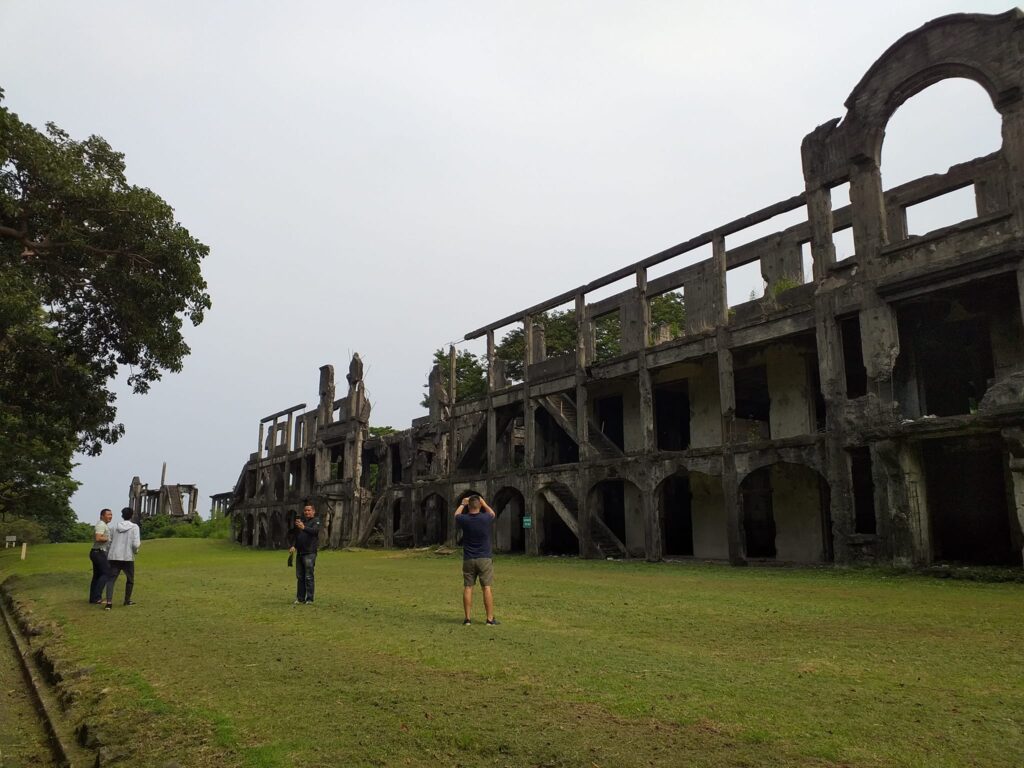
From my perspective, even on a sunny day the place is heavy with memories of what happened here. The buildings and fortifications have been left untouched, which would give the impression that the fighting ended just yesterday if it weren’t for the foliage that has grown over in the decades since their desertion. After staying for ten minutes outside the Mile-Long barracks, our group headed toward the Cine Corregidor complex where theatrical places and even movies played for American personnel of garrison and their families during the 1940s. One of the movies that was filmed here prior to the war is Gone with the Wind.
Then around 9:50 am when we reach the Eternal Flame of Freedom where we can see at the bottom of the monument the marker that have this saying “to live in freedom’s light is the right of mankind”. The huge red steel monument in the shape of a flame symbolizes the soldiers and personnel who sacrifice their lives for freedom and liberty. It faces the open sea and according to our tour guide when this 39 feet monument was lit, the light emanating from this monument will be seen all the way to Bataan Peninsula, Cavite and even some parts of Manila.
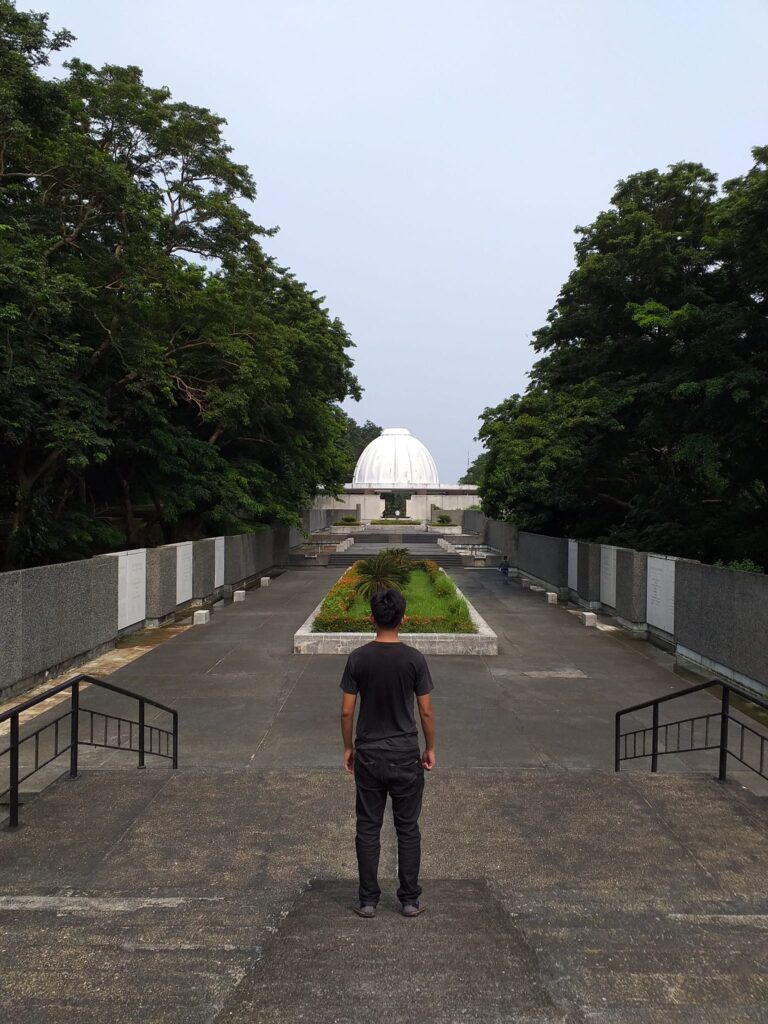
Then as we continue to explore the place we see from a short distance the Dome of Valor or the Dome of Peace for the heroism of American and Filipino defenders. Inside the dome I saw a marker that have this saying “Sleep my sons, your duty done for freedoms light has come. Sleep in the silent depths of the sea or in your bed of hallowed sod until you hear at dawn the low clear reveille of God”. Then a few moments later we go inside the Pacific War Memorial Museum and we can see the letters, memorabilia, photographs, maps and other small remnants of the past. Also I can see various shots of the paratroopers landing in large numbers under heavy fire from the enemy as well as the battleship and bomber planes that were used during the war.
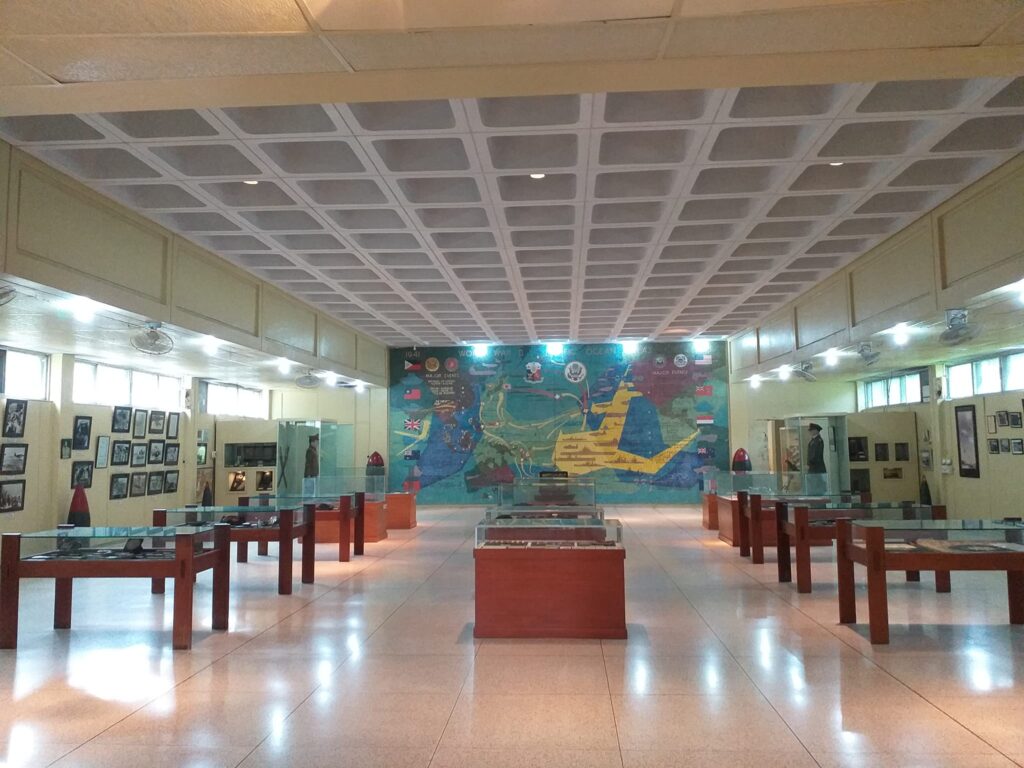
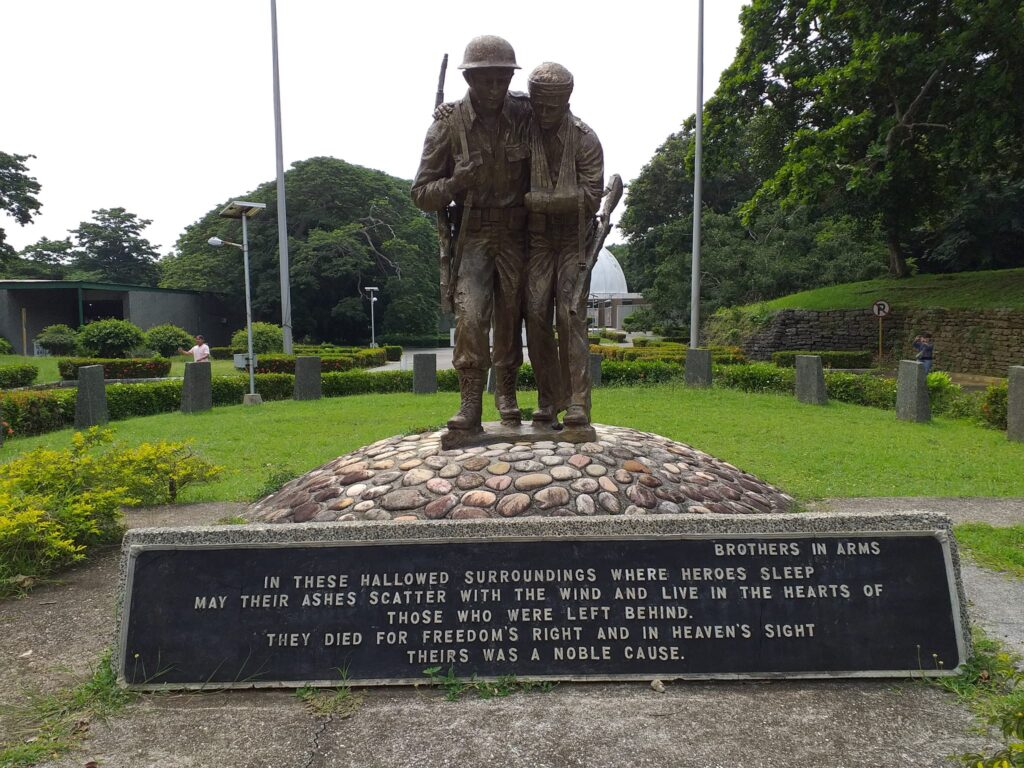
Just outside the museum we see the Brothers in Arms sculpture which is a centerpiece at the Filipino American friendship park at the top side of the island. This sculpture depicts an American soldier and a Filipino soldier. The Philippines and US flags fly behind them while the Dome of Valor can be glimpsed at the back. In the bottom of the sculpture we see these quote “In these hallowed surroundings where heroes sleep may their ashes scatter with the wind and live in the hearts of those who were left behind. They died for freedom’s right and in heaven’s sight theirs was a noble cause”. Indeed, I can feel from my heart and soul the struggle in fighting for our freedom. With this in mind, I appreciate the sacrifice that was involved and I have the highest appreciation to all the heroes who fought for our freedom. I’m very proud to be a citizen of this great nation.
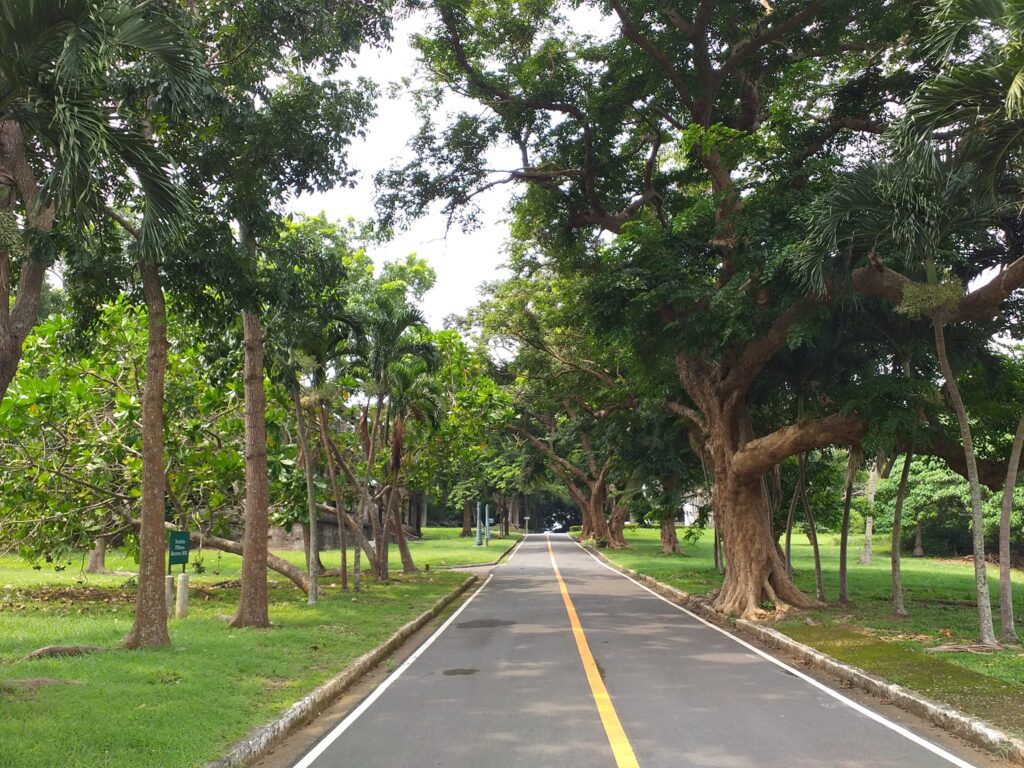
Then as we continue to explore the place we see the topside parade ground, a helipad, Fort Mills post headquarters and chapel as well as the ruins of the bachelor officers quarters. As we continued our tramvia ride we reached the old Spanish lighthouse which is considered as the highest point in the Corregidor Island and it used to monitor the incoming ship. It takes us 57 steps to reach the top of the lighthouse but we have a great view of the surroundings and I discern that the place is well preserved and the air quality here is good.
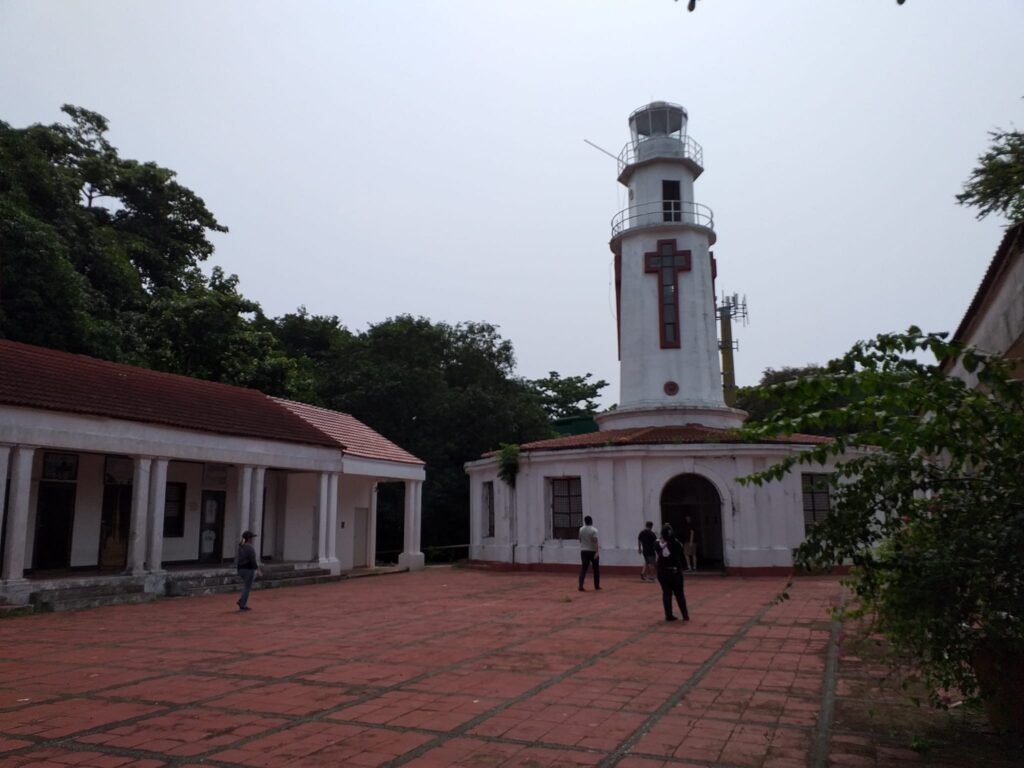
Afterward we go to the Monument to the Pacific war dead in the Philippines where we can see the Kan-non statue dedicated to the memory of the war victims. It was erected by anonymous individual from Yokohama and it is offered as a prayer for their eternal rest and peace and also to declare a testimony of friendship between the two countries. From here, we can see the gun batteries to our right side and Caballo Island also known as Fort Hughes.
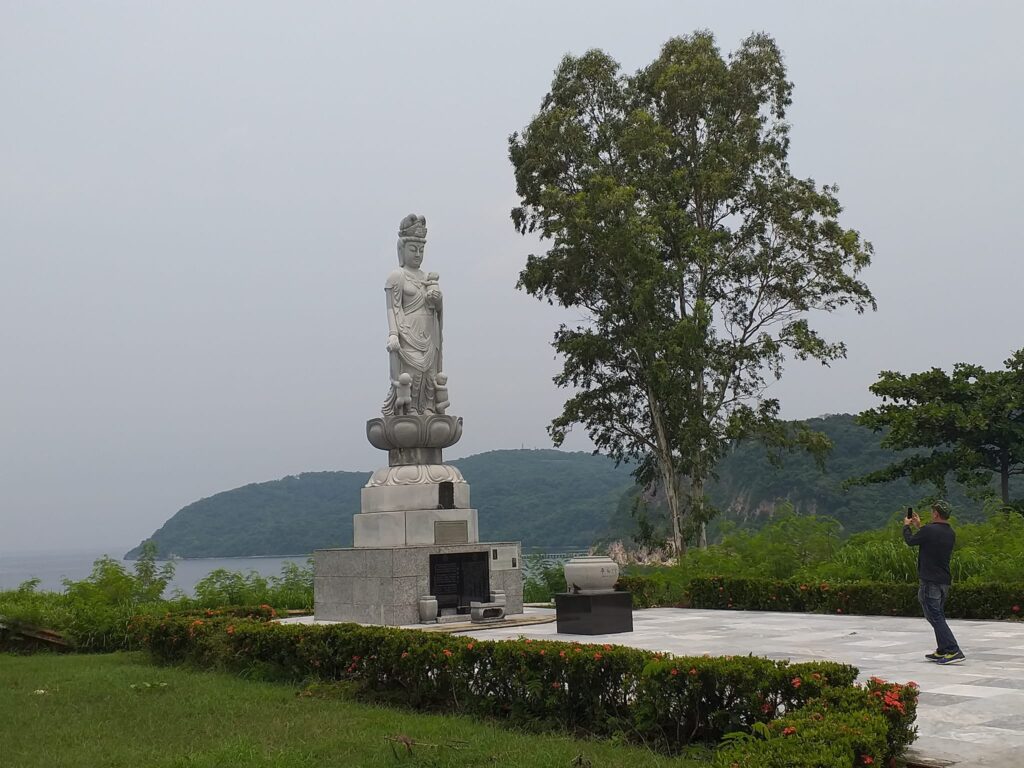
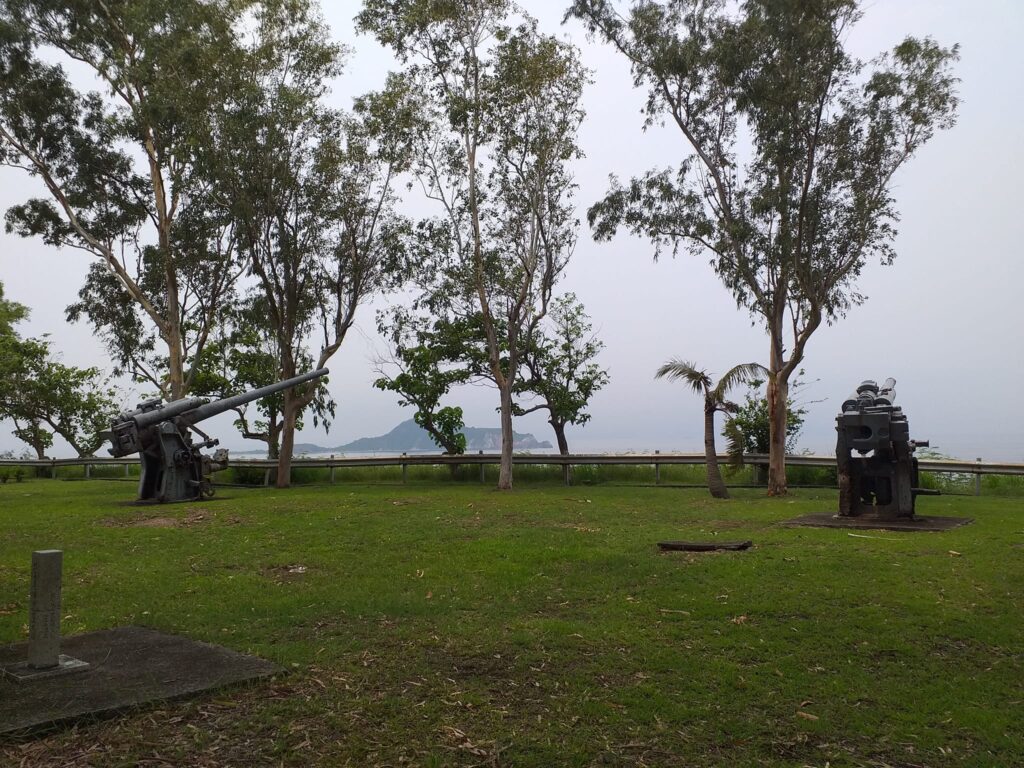
Later our tramvia driver takes us to the President Sergio Osmeña Sr. memorial park and President Manuel Quezon memorial park. From here we can also see the big statue of a woman in honor of the Filipina woman who was involved in the many events in the history of the Philippines and as a symbol of peace and inspiration to our gallant men in their fight for the preservation of our honor and freedom.
Then around 11:35 am we arrived at Malinta Tunnel. It was the last infrastructure constructed here by the Americans and with the Filipinos. It is a bomb-proofed long tunnel and shelter originally as storage and became the quarters of more than 13000 to 14000 Filipino and Americans. They stayed at Malinta Tunnel for about five months and more.
As we went inside the tunnel, William enlightened us the significant events that took place on this long tunnel. Then he explained to us why this huge tunnel is the most haunted site in the whole island. Here in Corregidor there’s this saying that “you are not always alone”. Also he told us that the tunnel first served as an ammunition storage. However during the war, it was used to shelter many of the wounded soldiers with the help of the elaborate network of tunnels running through the mountain. Therefore becoming a makeshift hospital deep into its 160 feet long laterals rekindle the flame of the historic freak in me.
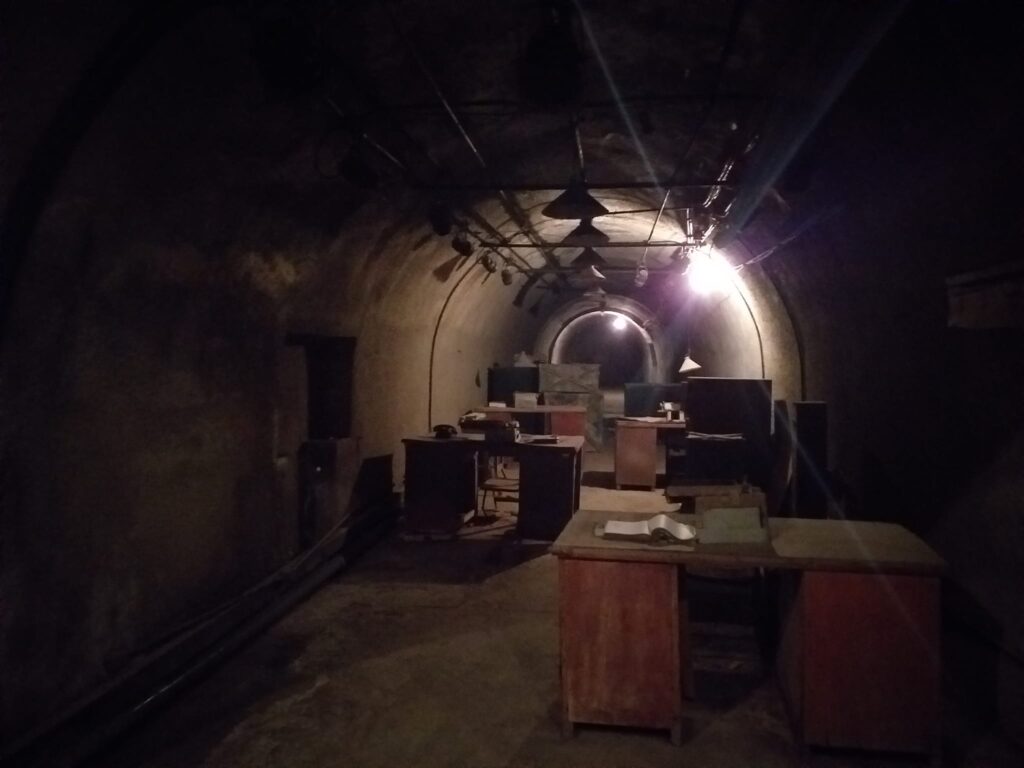
Then a few moments later, William informed us that during the pre-pandemic there were well presented lights and sound show effects and there’s a re-enactment of the dramatic event inside the tunnel but nowadays it was gone. I hope to bring it back in the future so the level of enjoyment and learning is even more unique. Nonetheless, it was an opportunity for our group to gain an in-depth look at one of the most important and hidden locations of World War 2. I used to read it only in the textbooks during my childhood days but now I can see it with my own two eyes at the right moment and at the right time. Just outside of the tunnel we have our group picture taken by our tour guide. We are twelve in the group including our tour coordinator. One member is Burmese, one member is Vietnamese and two members are Americans.
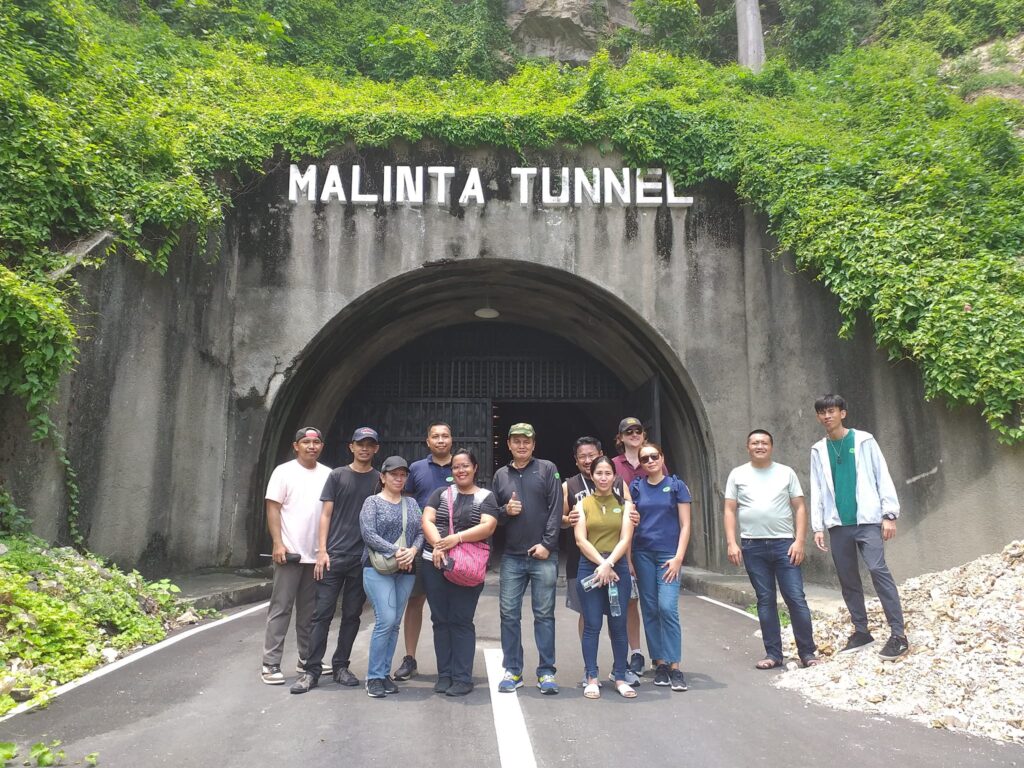
Then it was time again to ride a tramvia and along the way I spotted several monkeys living on the forest. Truly, I never get bored of sightseeing on this trip. According to our tour guide, there are thousands of monkeys in the island. Anyway, we had lunch at the cottage near the beach and we stayed there for one hour and twenty-minutes resting and having pictures on the beach.
We resumed our tramvia ride at 1:25 pm and the tramvia driver take us back to the port. Then we thank William the Lou Diamond Phillips look-alike tour guide and historian for the very informative with a twist of humor tour and we also thank our driver. The whole tour was super fun and we did enjoy riding the tramvia while listening to our tour guide. It was 2:10 pm when we ride a boat going back to Mariveles Bataan. According to our boatmen, we are the only group that visited Corregidor Island that day because in the past Saturday there are nine boats that were used because there were many tourists that went to the island. The journey at the rough sea last for twenty-five minutes.
We go inside the van and later we have a stopover at Ima Flora’s Pamangan around 3:47 pm to buy some souvenirs as well as biscuit and sweets made from Bataan. It was 7:30 pm when I got home and I thank God for the answered prayer and for having a safe trip and an unforgettable experience that will last a lifetime. The tour was kinda refreshing, a very educational and heart-wrenching experience exploring the whole historic and majestic Island of Corregidor. Also our tour guide is fluent in English so we learned a lot of Corregidor. Without a doubt, the feeling is different when you are there and the expenses are worth it. The island is really beautiful and the history is really rich and great. In my humble opinion, this should be the place to go and introduce it to tourists all over the world. I hope Corregidor Island can be promoted more since right now there are still only a few tourists that visit this island and not everyday.
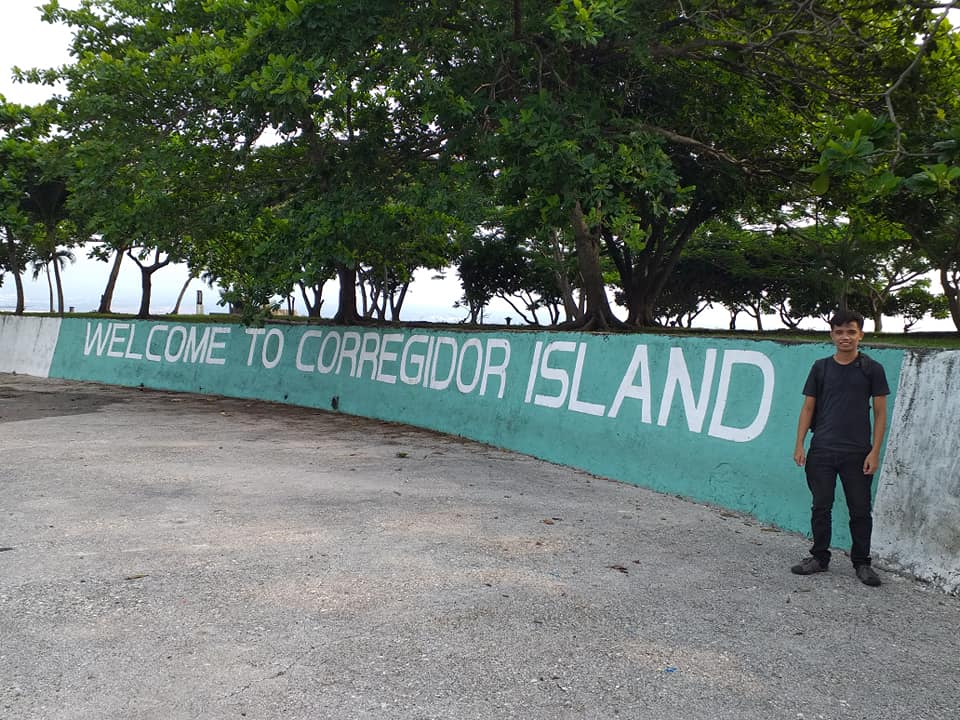
Predominantly, the Corregidor trip is one of the most emotional and exciting visits I’d ever had. To add this is the most wonderful historical trip I’ve ever had in my life as the Corregidor Island is a great war memorial place. Honestly, it was not purely the physical structures that made me emotional but the inscriptions and captions of the significant places. From the friendship park to the batteries, to the museum, to the tunnel, the suicide cliff, the Japanese shrine and etcetera. I can feel the cruelty of the past war and the island tell a very moving story of a war that has claimed so many lives. To the tourists, Corregidor might be an amazing island but the fact is, it is displayed that war is a costly business that claims millions of lives, millions of dollars worth of properties, and makes thousands of children orphaned as well as thousands of women widows. This is the reason why man should denounce war forever.
Sample 1 Day itinerary to Corregidor Island
2AM – Meetup at the designated location
2:15AM – Departure going to Mariveles Bataan
6AM – Arrived at Mariveles Bataan, take breakfast
7:25AM – Boat ride going to Corregidor Island
8AM – Arrive at Corregidor Island
8:20AM – Start exploring
12PM – Lunchtime
12:40PM – Free time
2PM – Boat ride going back to Mariveles
2:30PM – At Mariveles Bataan, going back to Metro Manila
7:30PM – Arrived at Metro Manila
Things to bring:
Pocket money
Cellphone and power bank
One valid identification card
Bottled water and own food
Extra clothes
Personal medicine
Cap or umbrella
Sunblock (optional)
Flashlight and headlamp (if doing overnight stay)
How to Go to Corregidor
- From Quezon City, drive toward NLEX (North Luzon Expressway) San Fernando Pampanga and later turn right at Jose Abad Santos Avenue and continue driving.
- Then pass through the Bataan Provincial Highway also known as Roman Superhighway and later turn left going to Cabcaben-Town Site Road until you reach the Villa Carmen docking port in Mariveles. At the docking port, ride a boat going to Corregidor Island.
Reminders and Tips:
- I highly suggest you get an organized packaged tour when you plan to visit the historical island. The inclusion in the Corregidor Island day tour package that cost 3800 pesos are round trip private van transfer from Manila to Mariveles, round trip outrigger boat transfer from Bataan to Corregidor Island, tramvia bus ride, Department of Tourism (DOT) accredited tour guide, island entrance fee and tour coordinator. The exclusion in the package tour are foods and packed lunch.
- If you don’t want to bring your own food during the trip, I suggest you ask the tour coordinator to prepare a packed lunch for you which includes main dish, vegetable, rice and a bottle of water.
- For reservation or booking a trip in Corregidor Island you may message this legit Facebook travel page – https://www.facebook.com/bluesunsetangel or you may call Ate Arlene cellphone number 09269864116.
- Visitors can take a guided tour of the island which include visiting the old spanish lighthouse, middle side barracks, mile-long barracks, battery hearn, battery way, battery grubbs, Malinta Tunnel, eternal flame of freedom, dome of valor, japanese memorial garden and pacific war memorial museum. Also they can enjoy a picnic on the beach, go fishing or simply relax and soak up the sun. In addition, there are other activities that are offered on the island such as biking and swimming.
- For safety reasons, going inside any of the buildings is strictly not allowed as the building is old and it may suddenly collapse.
- Doing graffiti or vandalism is strictly not allowed. Also clean as you go to help preserve the place.
- Please help in preventing garbage disposal into Manila Bay because Corregidor Island is suffering from this condition. Your cooperation in advocating policies to help our government in controlling sea-borne wastes is needed.
- Last but not least, watch out for falling rocks outside of Malinta Tunnel and keep out in between yellow marked pavement.
There you have it, historian and wanderer. The world is a book, and those who do not travel read only one page. So I’m inviting everyone to visit this place and I can guarantee that you will definitely enjoy the place and you will learn a lot about our history. Thanks a bunch for the time you spent reading my blog and have a great day.



